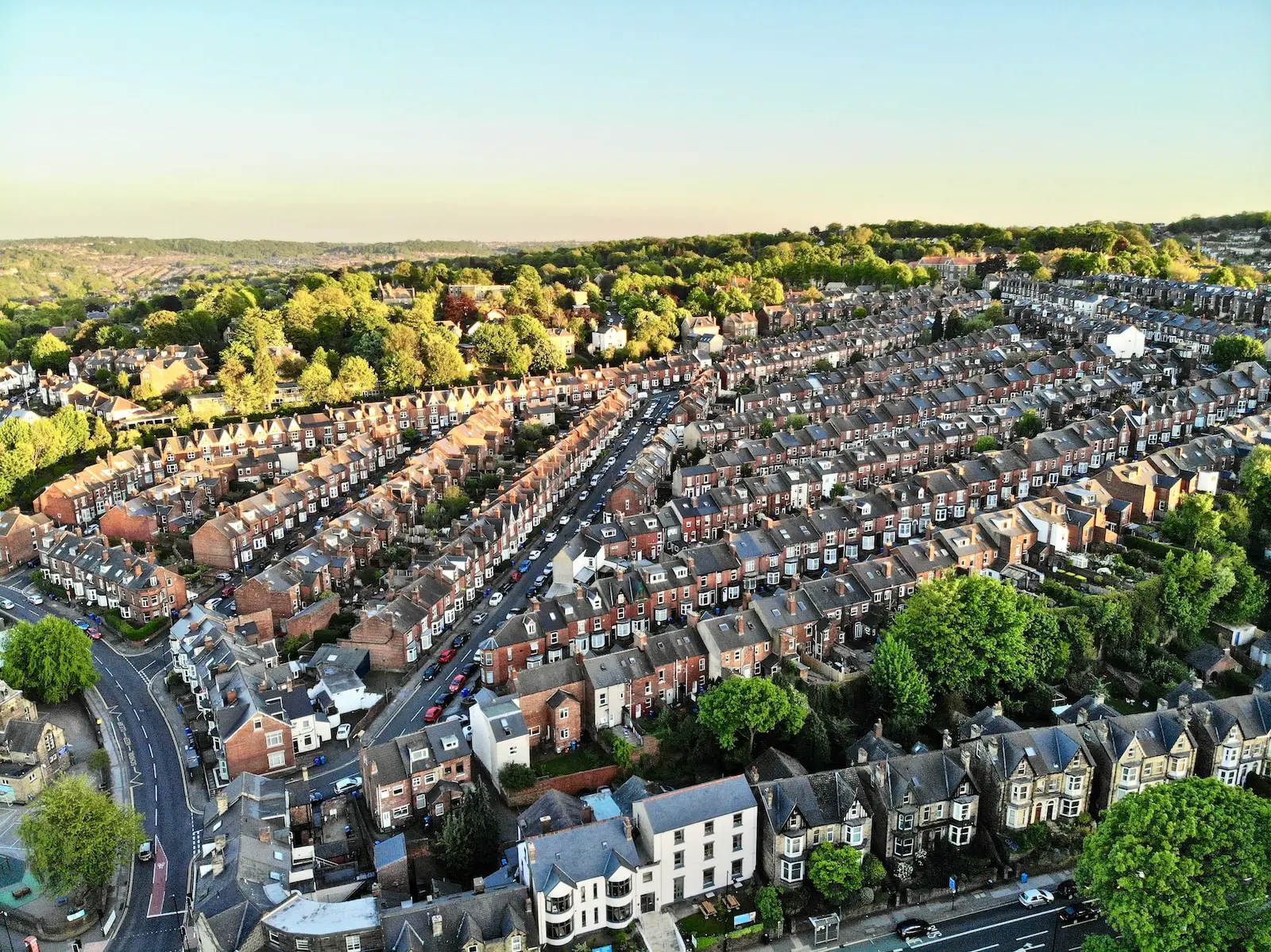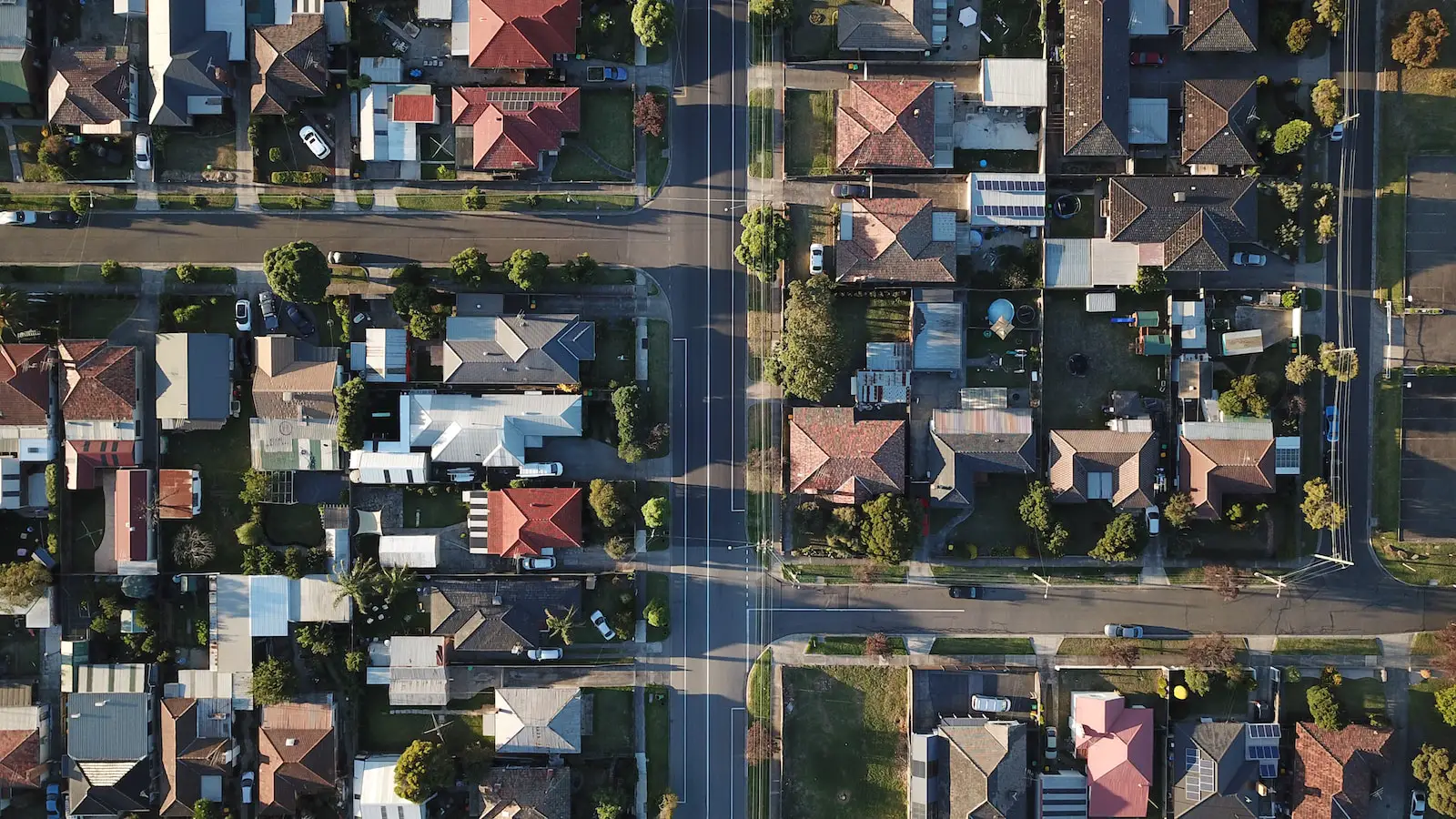Introduction
City living has become increasingly popular in recent years. With a vibrant cultural scene, thriving business districts, and access to urban amenities, city dwellers enjoy a diverse and exciting lifestyle. However, when it comes to housing options, many people automatically think of apartments.
While apartments offer convenience and affordability, city homes provide a unique alternative that is often overlooked. In this article, we will explore the advantages of choosing a city home over an apartment.
Definition of City Homes
City homes are typically located in urban areas and are designed for permanent residence. Unlike apartments or condos that may have several units in one building, these homes are standalone structures like brownstones or townhouses that were originally built as single-family residences. City homes can be rented or owned by individuals or families who want more space and privacy than an apartment can offer.
Comparison between City Homes and Apartments
Apartments are the most common housing option for city dwellers due to their affordability and convenience. However, there are some significant differences between apartments and city homes that may make the latter a more desirable choice for some renters or buyers. One of the main differences is space.
City homes tend to be larger than apartments with more room for living areas such as living rooms, dining rooms, kitchens, and bedrooms. Additionally, city homes often have private outdoor spaces like patios or gardens that are not available in most apartment complexes.
Another difference is privacy. In an apartment complex with several units sharing walls and floors/ceilings with other tenants can mean noise pollution from neighbors’ music blaring at night through thin walls which can be frustratingly invasive during studying time if you’re forced to listen to it constantly but not loud enough to warrant calling authorities.. With a city home you’ll encounter less shared wall space meaning fewer noise disturbances.
Importance of City Homes
City homes offer a unique alternative to apartments, providing more space and privacy while still being located in an urban environment. For individuals or families who value living in the city but want a quieter and more private residence, city homes are a great option.
Furthermore, owning a city home can be a sound investment as they tend to appreciate in value over time. Overall, city homes provide a desirable and often overlooked housing option for those seeking to live the urban lifestyle while maintaining their personal space and privacy.
Advantages of City Homes over Apartments
More Space and Privacy
City homes offer more space and privacy compared to apartments, which is a significant advantage for those who value their personal space. The larger living areas in city homes allow for more comfortable living arrangements, especially for families with children or those who work from home.
With separate rooms, such as a dedicated office or a recreation area, there is more flexibility in how the space can be utilized. Private outdoor spaces are also a luxury that comes with city homes.
Courtyards and patios provide places to entertain guests or relax with family without having to share public amenities like swimming pools or grilling areas with other residents. Additionally, city homes typically have fewer shared walls between units, providing greater sound insulation and reducing noise disturbances from neighbors.

Customizable Interiors
Another advantage of city homes over apartments is the ability to customize the interiors according to individual preferences. Homeowners have the freedom to choose personalized décor choices that reflect their tastes and styles. This includes everything from wall colors and flooring options to lighting fixtures and appliance upgrades.
Flexibility in layout design is another benefit of city homes. Homeowners can decide on the placement of rooms based on their needs rather than conforming to predetermined layouts found in many apartment complexes.
Furthermore, making structural changes is often allowed within zoning regulations since homeowners own their properties outright. Overall, city homes provide an array of advantages over apartments that appeal to those looking for more space, privacy, customization options as well as flexibility in layout design with the ability to make structural changes without limitation by landlords or management teams.
Unique Features of City Homes
Historical Charm and Character
One of the most appealing aspects of city homes is their unique character and charm. Many city homes were built during a particular era in history and they often feature distinct architectural styles that reflect that time period. Examples include Victorian, Tudor, Art Deco, and mid-century modern.

These styles are characterized by specific detailing such as ornate woodwork, stained glass windows, and decorative moldings. Living in a home with these characteristics can be very appealing to those who appreciate the beauty of historical architecture.
Architectural Style and Detailing
City homes also tend to have more unique architectural features than apartments. For example, many city homes have large bay windows or skylights that let in plenty of natural light.
They may also have high ceilings or exposed brick walls that add character to the space. In addition to these structural features, city homes typically allow for greater customization when it comes to interior design.
Original Building Materials
Another feature that sets city homes apart from apartments is their use of original building materials. Many older city homes were constructed using high-quality materials such as hardwood flooring, marble countertops, and stone facades. These materials not only add aesthetic appeal but also durability and longevity to the home.
Preservation of Historical Significance
Many cities have designated historical districts where certain buildings are protected from demolition or significant alteration. This means that many city homes maintain their original charm because they cannot be completely renovated or torn down. By preserving historical significance through these buildings we ensure future generations will enjoy these masterpieces too.
Proximity to Urban Amenities
Walking Distance to Retail, Dining, and Entertainment Options
City living offers unparalleled access to amenities like restaurants, cafes, shops, and entertainment venues. Many city homes are located within walking distance to all of these options. This means that residents can enjoy a variety of dining options without having to get in a car or take public transportation.

Accessibility to Public Transportation
City homes are often located near public transportation, such as bus lines and metro stations. This makes it easy for residents to travel beyond their immediate neighborhood and explore other parts of the city.
Nearness to Parks, Museums, and Cultural Institutions
Many city homes are located in close proximity to parks, museums, and other cultural institutions. For example, some homes may be just a short walk from renowned art museums or historic landmarks. This provides residents with easy access to cultural experiences that may not be available in other types of housing environments.
Benefits of Community Living in City Homes
Strong Sense of Community
One of the primary benefits of living in city homes is the strong sense of community that residents experience. Unlike apartments where people come and go, city homes usually have a tighter-knit group of neighbors who tend to stay in the area for longer periods.
This stability creates a stronger sense of belonging and camaraderie amongst residents. Additionally, because many city homes are located in historic neighborhoods, there’s often a shared appreciation for the area’s history, which further strengthens community bonds.
Opportunities for Social Interaction
City homes also offer ample opportunities for social interaction with neighbors. Shared spaces such as courtyards or gardens provide a common area where residents can meet one another and form relationships. In many cases, city home communities host events such as block parties or neighborhood potlucks that are designed to encourage socializing and relationship-building among neighbors.
Shared Common Spaces
Another benefit of living in a city home is access to shared common spaces. Many city home communities offer amenities such as fitness centers, pools or rooftop terraces where residents can relax and enjoy time with their neighbors. These shared spaces not only foster a sense of community but also provide added value to resident’s daily lives by providing amenities they may not have been able to afford on their own.
Collaborative Events
Living in a city home often means being part of an active community that hosts collaborative events throughout the year. These events can range from holiday parties to charity fundraisers or even neighborhood-wide garage sales where everyone participates. Not only do these events bring people together but they also serve as an opportunity for residents to get involved and help shape their community.
Conclusion
Living in a city home provides numerous benefits over apartment living, but perhaps the most significant is the strong sense of community that comes with it. Being part of a tight-knit group of neighbors who share similar values and interests can greatly enhance one’s quality of life. Whether it’s through social events, shared common spaces, or simply getting to know your neighbors, city homes offer a unique opportunity for residents to build relationships that can last a lifetime.
